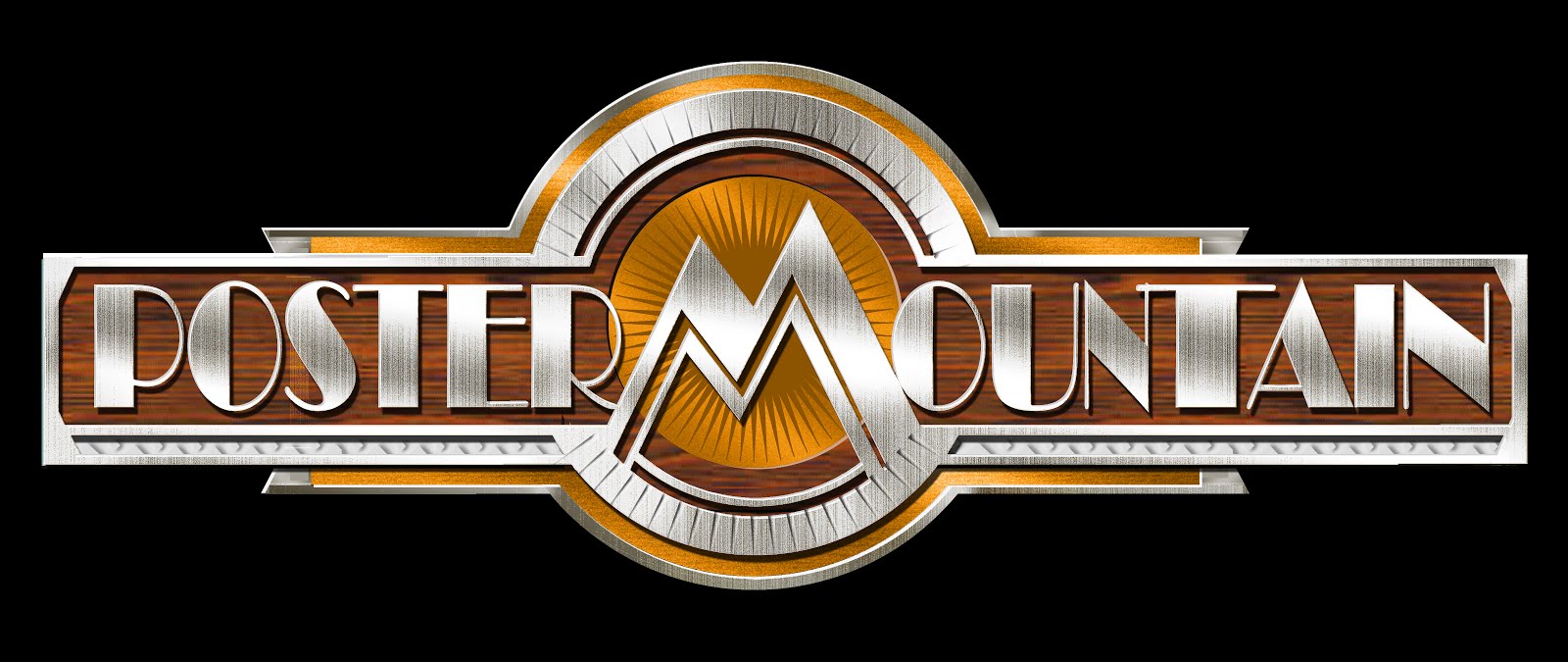I can see how it might seem like a good idea. That Houdini poster looks a little flimsy. Why, here's a nice, sturdy piece of cardboard. Let's slather it in gluestick and slap that poster on there. No. Do not do that please. Cardboard may be sturdy but, say in a hundred years you want to remount it? Maybe use something a little nicer this time? Yeah, no. That cardboard is staying on there forever. Great job. Actually, we can remove cardboard backings. It's just a bit of a gigantic labor intensive process. The reason we prefer linen-backing is because it's so easily reversible. But should you find yourself with a cardboard-backed poster, do not despair. Here's what we will do: First we shave off the cardboard in layers while the poster is clamped face-down to a board. John has a variety of hand-sharpened spatula tools for this process. Some are sharpened such that one side of the spatula digs deep for removing thick layers, while the other side ski
